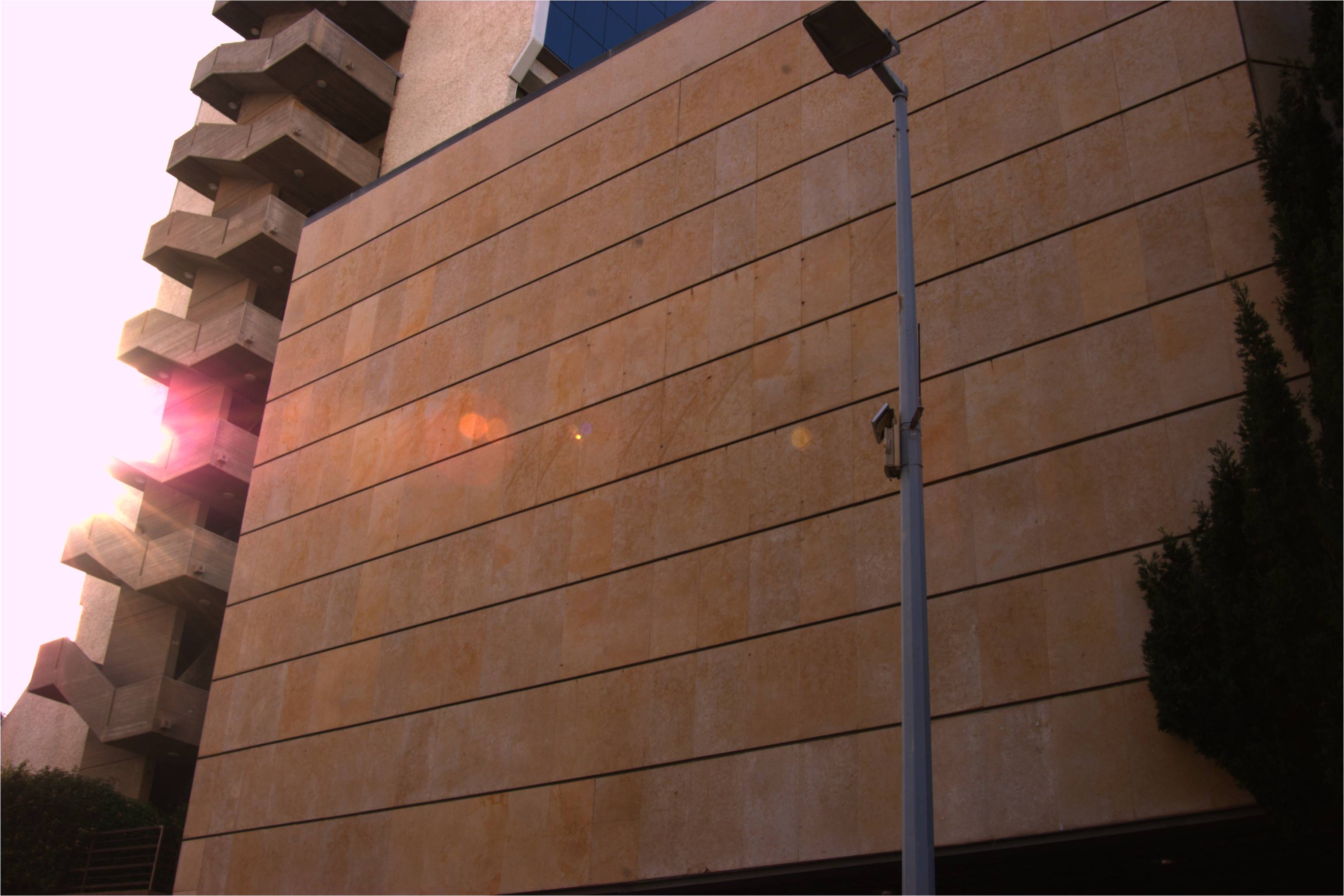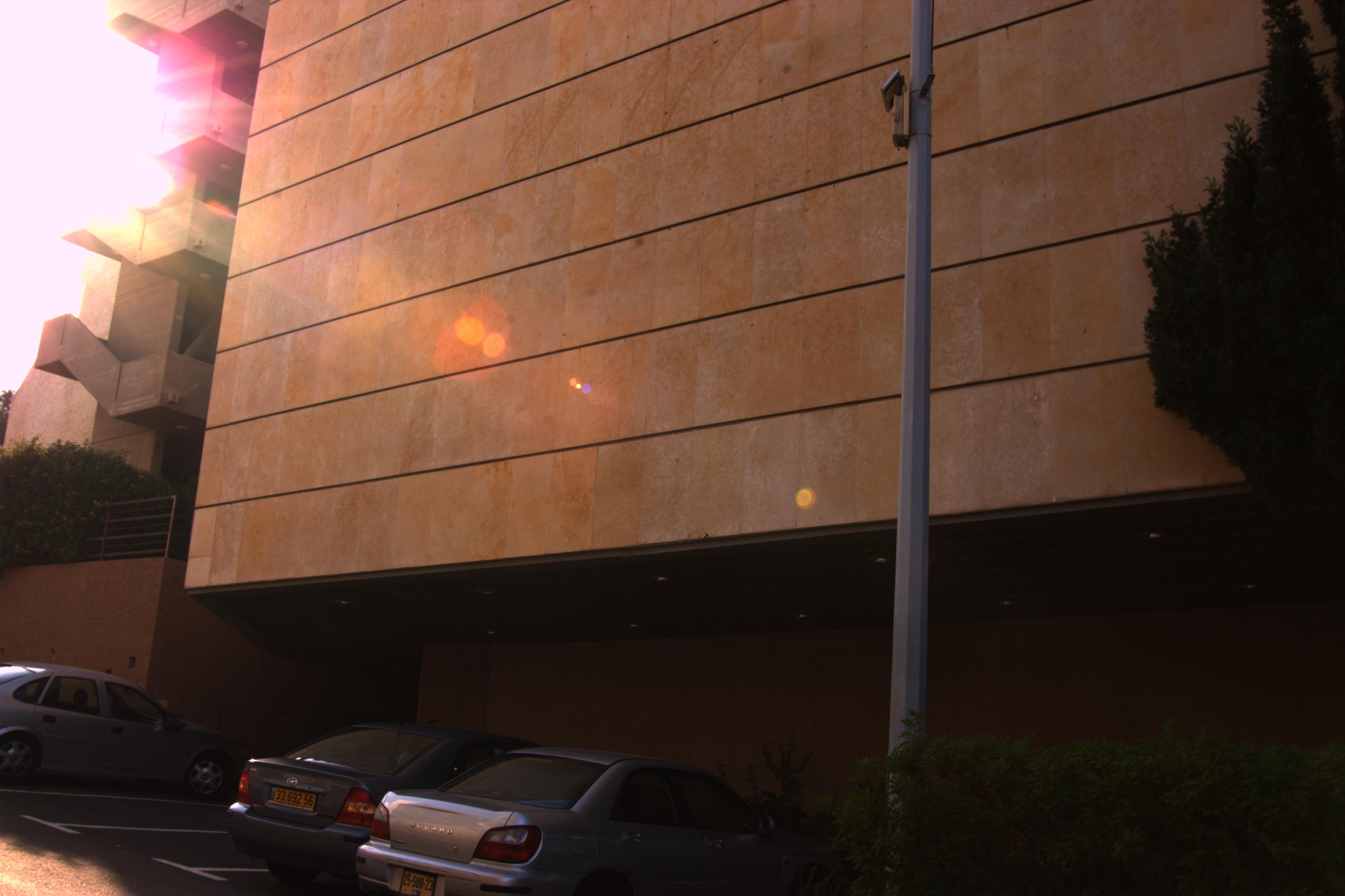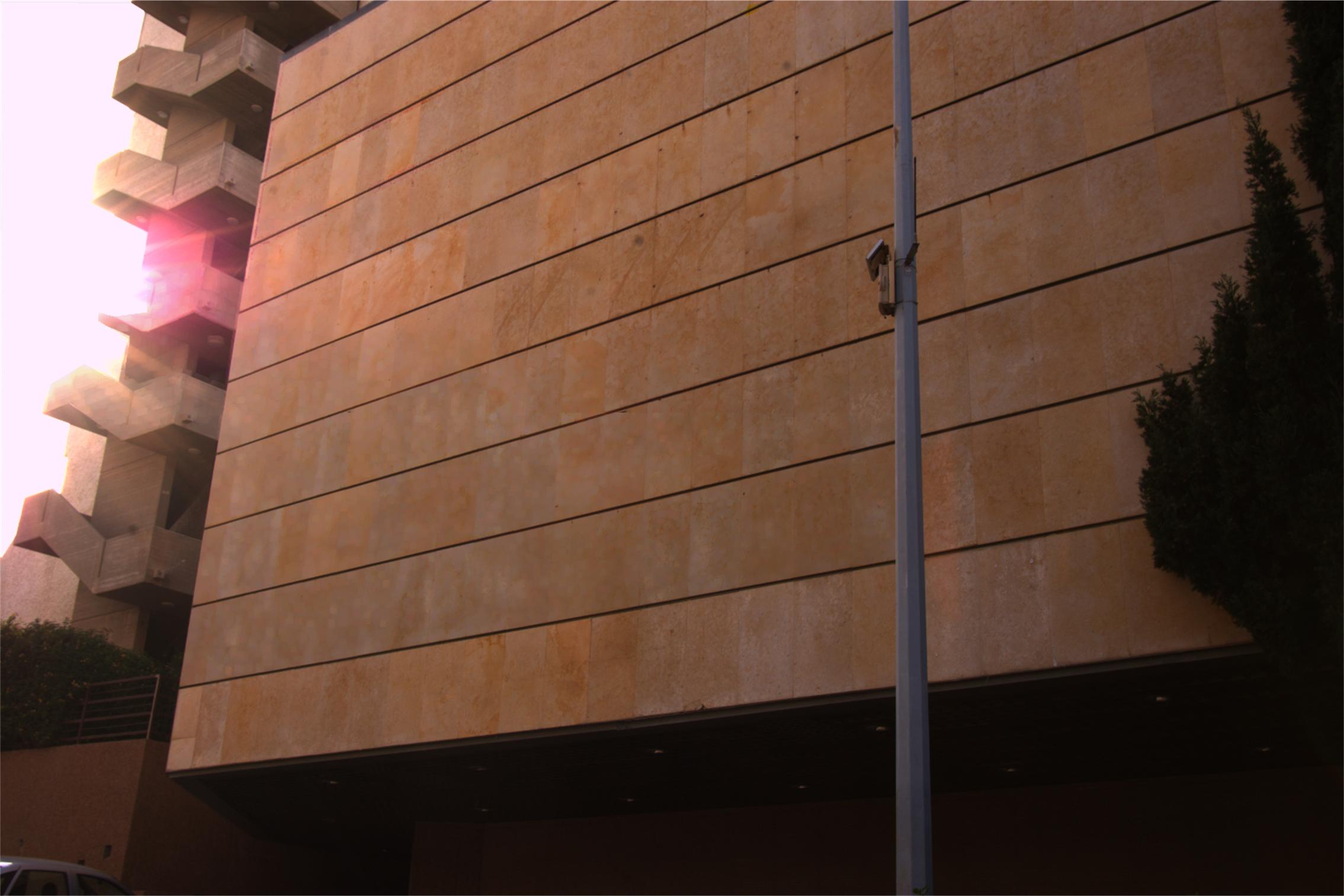The Technion researchers found a way to prevent the appearance of bright spots on the photos, which is caused by the sun's reflections in the lens

"These bright spots, in the form of pentagons or hexagons, are very difficult today to eliminate in the editing and processing of the image," says Professor Yoav Shechner from the Faculty of Electrical Engineering at the Technion. "More than one photo must be taken (in video this happens most of the time). Thus the hexagons or pentagons are not in the same place in the two images, which look almost exactly the same.

Master student Fima Corban worked on the project. The researchers also looked at what happens to the sun's rays that enter the lens. They discovered that these hexagons "ride" on a line on which the sun is supposed to be. That way they can know where the sun was at the time of the photo, even if it didn't enter the "frame". If the photographer wants to make further artistic development of his photo, after removing the disturbing spots, he can "plant" the sun exactly where it was at the time of the photo.


8 תגובות
someone:
The process is clearly based on shooting from different angles.
Close but different.
The camera is not on a tripod but is held by the photographer and it will never stay in a fixed place even if the photographer wants it with all his heart.
You can also see this in the series of photos demonstrating the process.
Mirom Golan:
There is nothing to argue with your fondness for "diamonds".
It's a matter of taste.
However - the realistic dimension you claim they add is debatable - when you look at reality without any artificial lens you don't see such "diamonds" so what is so realistic about them?
I'm actually not averse to diamonds in the picture. On the contrary, they add a realistic dimension to the image and overall improve it.
Something is not really clear to me, at first I also thought it was a photograph of the same object from two different angles, but after a second reading I see that this is a photograph of the object at the exact same angle and with short time intervals of fractions of a second (as in the video), so why are the sunspots Will they appear in different areas between two consecutive images? If everything stays in the same place, the object, the landscape and the camera itself, then why would they suddenly move to another place in the picture? for whatever reason? (and that is what the method for eliminating them is based on)
I would appreciate it if someone could explain.
Thanks.
Development is lacking. 2 or more photos? Aviad is 100 percent right.
The correct development in this case is to develop a lens that prevents sunspots,
At the optical level, not at the software level.
Why seconds? Today it is possible to set the camera to shoot with a much smaller difference than that... you don't have to physically press the button twice, you can in a shorter range in short, but you are right that for action photos it is not intended
The effectiveness of this method is not completely understood by me, in many cases we photograph non-stationary objects such as people (family photos), trees moving in the wind, birds, animals... even if the two photos are taken a few seconds apart, the chances are that what we have already photographed It will be enough to move and not stay in the same status, how in such a case do you combine the two images into one?
Not really the development of the century…